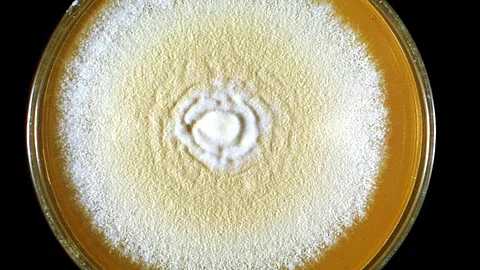The Centers for Disease Control and Prevention issued an alert that infections from the fungus Candida auris are increasing. Theresa O’Meara, Ph.D., an assistant professor in the Department of Microbiology & Immunology at the U-M Medical School, speaks about the emerging threat.
Where did Candida auris come from?
We don’t have data on where this fungus came from in the environment. It was first isolated in 2009 and has been causing outbreaks in hospitals and other healthcare facilities since then. In some areas, it’s endemic, which means it’s consistently present but limited to a particular community, and has been found on fruit and animals, for example.
What is potentially happening is that as patients are being moved from hospital to hospital, they can introduce Candida auris into the environment. There, the fungus is very resistant to mitigation and spreads in the hospital across patients.
One of the big risk factors researchers have discovered are ventilator-associated infections in nursing facilities—and those have been in heavy use recently due to the pandemic.
Who is at greatest risk of infection from Candida auris?
The medically vulnerable, mostly patients in hospitals. These individuals often have catheters, ports and other interventions that increase the risk of introducing the fungus to the bloodstream.



